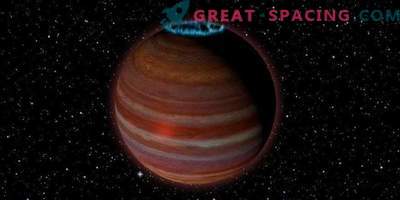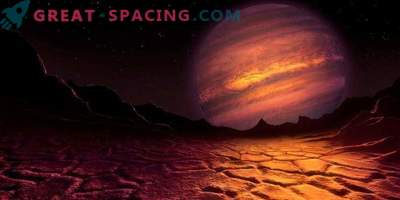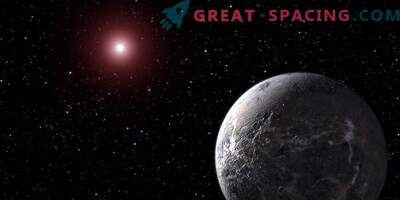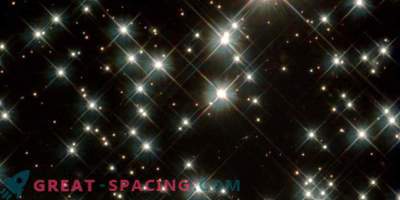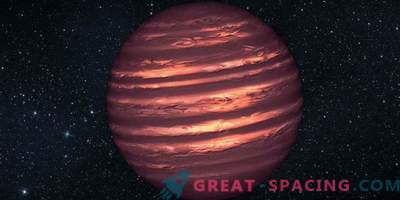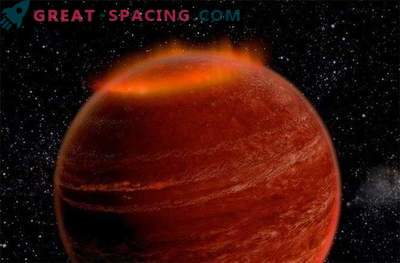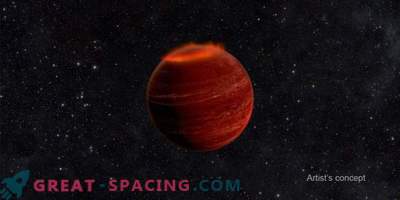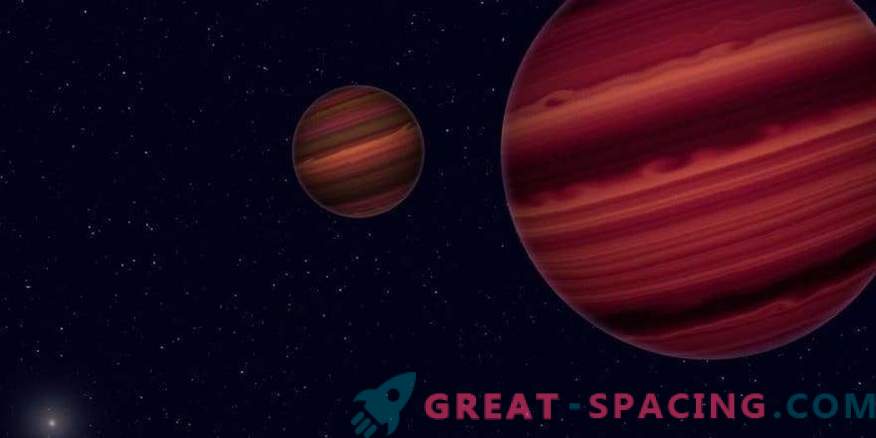
The artistic vision of the Epsilon Indian system. Two brown dwarfs revolve around a common center of mass, which revolves around a solar-type star. Displaying the orbital motion of dwarfs, scientists were able to determine their masses. Believe that they have cloud belts
The line separating stars from brown dwarfs will soon become clearer thanks to new research. Analysis shows that brown dwarfs can be more massive than previously thought.
For bright illumination, stars need energy derived from an alloy of hydrogen atoms inside their nuclei. If there are too few of them, then hydrogen synthesis is not activated, the object loses temperature, brightness and transforms into a brown dwarf. Many researchers are trying to calculate the mass, temperature and brightness of objects on both sides of this gap. Understanding the boundaries is important, as it will help to better understand the shape and evolution of brown dwarfs, as well as their ability to have “living” planets.
The latest theoretical models suggested that the boundary separating stars from brown dwarfs is present in objects with 70–73 Jupiter masses (about 7% of solar mass). In a new study, scientists observed two Epsilon Indian B and C dwarfs revolving around the star of average luminosity Epsilon Indian A. Brown dwarfs are too weak to be stars, but their masses are 75 and 70 times as large as Jupiter. The measurements were carried out using data from two long-term studies: the Carnegie Astronomical Planetary Search and the Parallax Study from the Cerro Tololo Observatory. The results showed that B and C by categories should be considered stars, but other reviews indicated that they were brown dwarfs. It turns out that the scientific world will have to revise existing models and criteria. The analysis clearly demonstrated that the heaviest brown dwarfs and bright stars can differ only slightly in mass.
An improved definition of the line between these two types of objects will help calculate how many brown dwarfs are present in the Milky Way.


